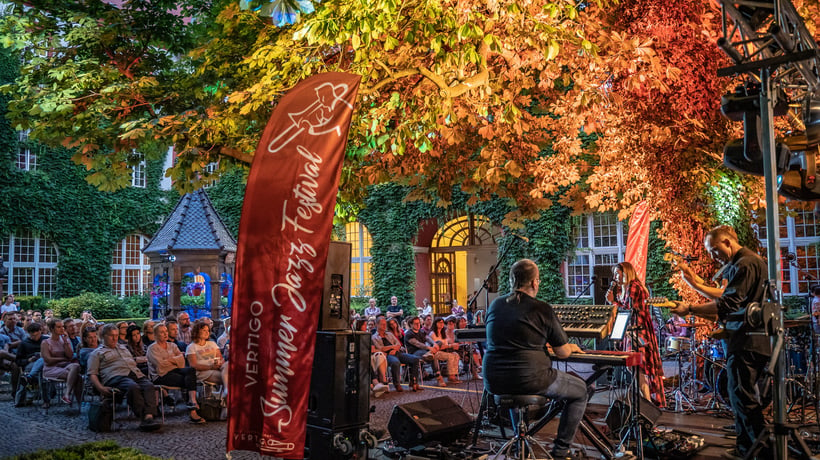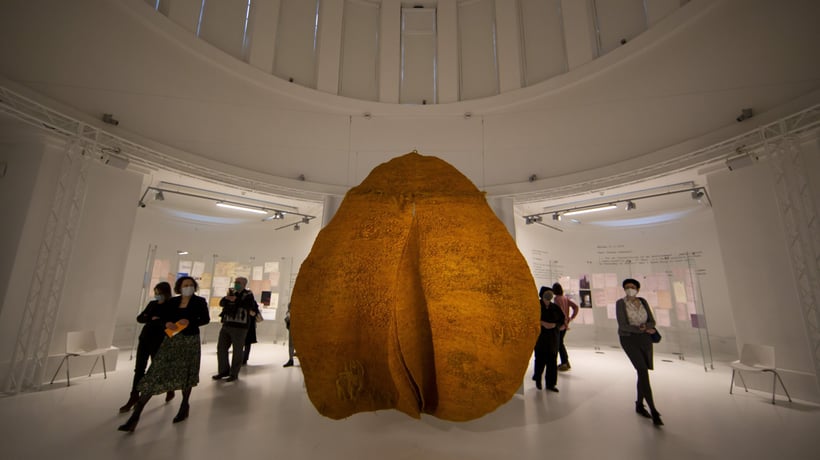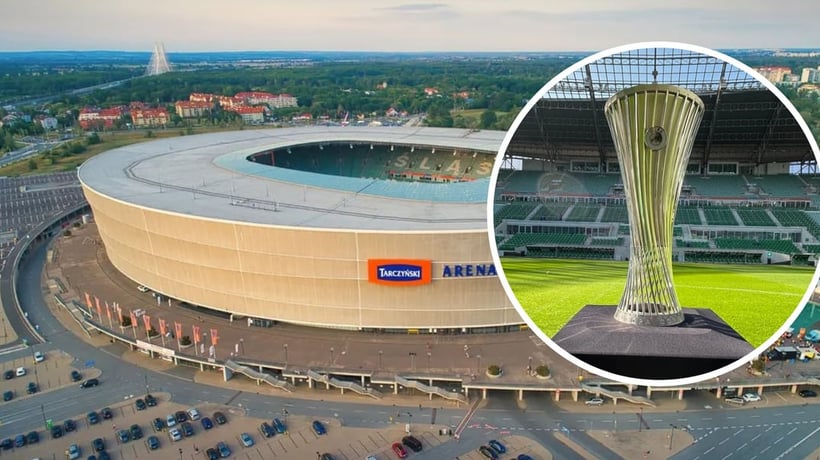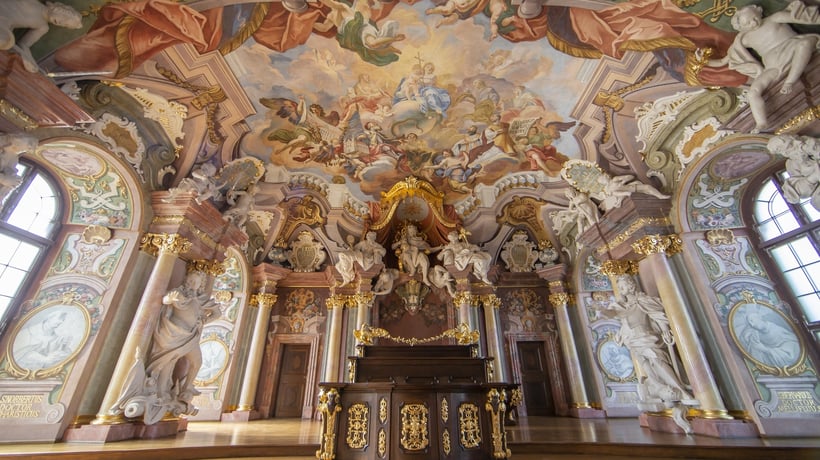The model is part of the collection of the Ossolinski National Publishing House. It is there that a team of conservators has completed its renovation in October last year. They performed quite a feat: renewed and put together the eighteenth-century city built with 300 miniature buildings - houses, churches, gates and defence walls. A team led by architect Janusz Witwicki began to create the panorama in 1928.
From Lviv through Warsaw to Wroclaw
The panorama was built on six panels, each measuring 2 metres by 1.2 metres. Lviv is presented in a scale of 1:200. The buildings are made of cardboard, card stock and plywood, covered with copper and lead sheet; the makers used also a wire, and even celluloid. All of the buildings are made with extreme precision, with respect to the architectural details. Each chimney and each window is accurately reproduced. The makers of the model aged the buildings on purpose, placing stains and plaster holes on them, to give the true character of the city.
Residents of Lviv never had the chance to see the panorama of their city. In addition, after the Second World War, the Soviet authorities would not allow exporting Witwicki's work from Lviv. Finally, the architect was granted permission, but did not manage to go to Poland. He was murdered in 1946 in mysterious circumstances and his wife brought his work in. The miniature Lviv was initially sent to Warsaw, and finally to the Museum of Architecture in Wroclaw. It was there that it was first shown to the public, in the 1990s. In 2006, the family of Janusz Witwicki decided to donate the panorama to the Ossolineum.
'Many of the buildings were also missing, some were destroyed and we had to reconstruct them,' says Adam Grocholski, artist who worked on the model's conservation. The missing elements were, e.g. the Baroque church of the Dominicans, the Golden Rose synagogue. Added was also the tower and chapel of the Franciscan church, and the Latin and Wallachian cathedrals were restored. The work was supported the Ministry of Culture and National Heritage, which allocated 100 000 PLN for this purpose. The model also gained illumination, in concordance to Witwicki's original idea. The architect wanted the panorama of Lviv to be presented in a different light - lit by the rays of the rising sun, at noon, at sunset, and even in the moonlight.
Learn the secrets of Lviv
The panorama of Lviv is being assembled at the Centennial Hall. Visitors will be able to admire it in a specially prepared room. They will also learn the fate of its author, Janusz Witwicki. 'We are now assembling the entire thing and introducing minor paint-up touches,' says Adam Grocholski. 'We will still need to carry out tests with backlighting.
'We still have 100 additional buildings that will not be included in the model, and this is because some of them never were there in the first place,' says Tomasz Fronczek, visual artist who also worked with monument's maintenance. 'Witwicki's team go used it for promotional photos that have helped them raise funds for further work. Some buildings proved to be part of the model after all. They were not labelled, and only through careful detective work the restorers could return them to their original places.
'The historic centre of Lviv has changed little. The defensive wall is no longer there, but approx. 75 percent town houses are; the churches and monasteries are still standing,' says Adam Grocholski.
The model will be lit the way its creator intended it. A special projector will change the type of incident light, the viewers will be able to see Lviv at night.
The presentation will be complemented by multimedia. In the so-called kiosks the audience will be able to see a film about Janusz Witwicki and his work, prepared by Dr. Łukasz Koniarek of the Ossolineum.
'The showcases will exhibit the tools of Janusz Witwicki, which he used to build the panorama. His granddaughter, Ewa Chrzanowska-Parsons donated them to us,' says Paul Romaszkan of the Centennial Hall. 'The multimedia also relate to the modern Lviv, which is why we will display promotional films promoting Lviv on one of the monitors. Ukrainians' approach to history is changing. One of these films will include an elderly couple visiting Lviv, the city of their childhood,' adds Paul Romaszkan. 'Let's not forget about the history of the city itself. You will be able to learn it by watching subsequent films displayed on the wall of the room housing the model.
Visitors will be able to take a virtual walk through the streets of historic Lviv. 'The walk begins at Krakowska Gate and is routed in such a way that visitors can learn how multicultural Lviv used to be. It was called the city of four dioceses,' explains Paul Romaszkan. And so, the audience will visit, among others, the Armenian and Latin cathedrals, and the Uspensky Orthodox cathedral. The Orthodox Archicathedral of St. Yurij did not make it on the model, because it is located outside the city centre. Therefore, it will be presented with a hologram. Viewing the model will be available using a small digital camera placed in the model. 'Witwicki wanted the visitors to view it through periscopes. We used the modern technology.
Artistic Panorama of Historic Lviv will be on display from 25 September. The opening will be dignified by the family of Janusz Witwicki - his daughters and a granddaughter. The exhibition will be open every day, including Sundays. Tickets cost 10 (regular) and 5 PLN (reduced).
For more information visit the website of the Artistic Panorama of Historic Lviv


![Miniature Panorama of Historic Lviv [PHOTOS]](https://www.wroclaw.pl/cdn-cgi/image/w=1200,h=600,fit=crop,f=avif/en/files/news/16359/panorama-lwowa-016.jpg)





